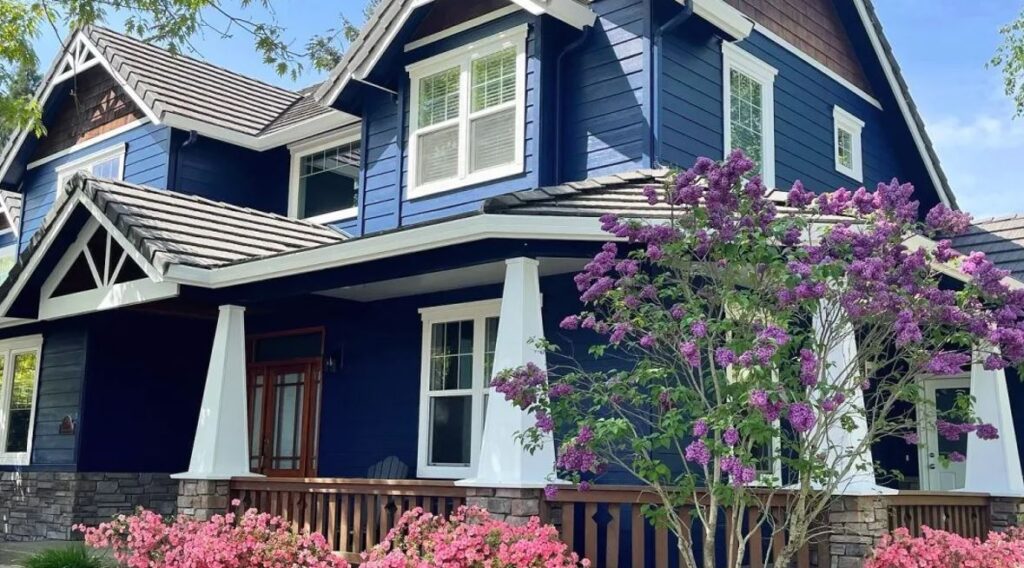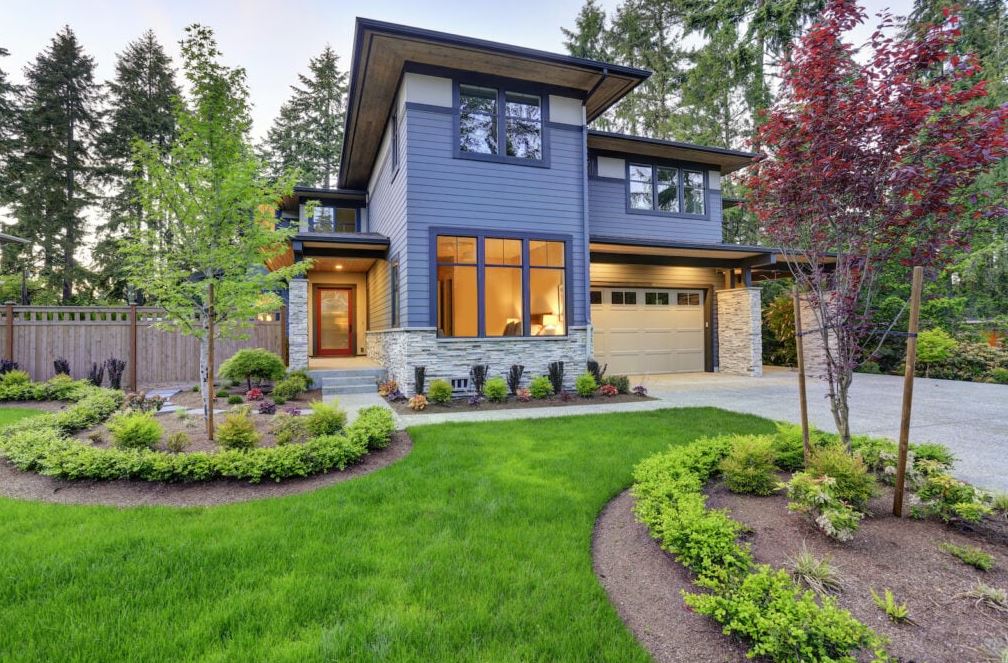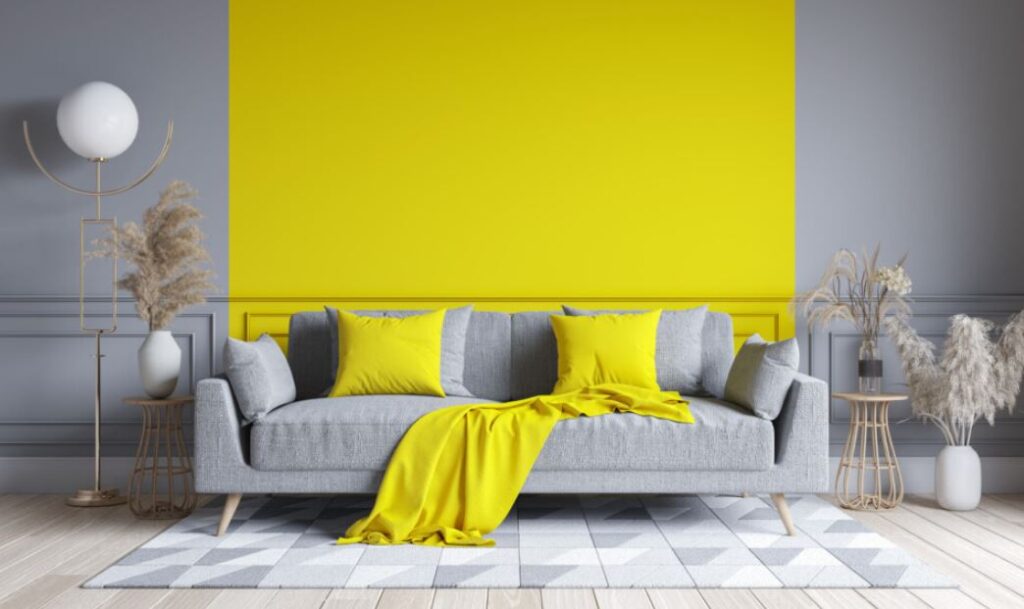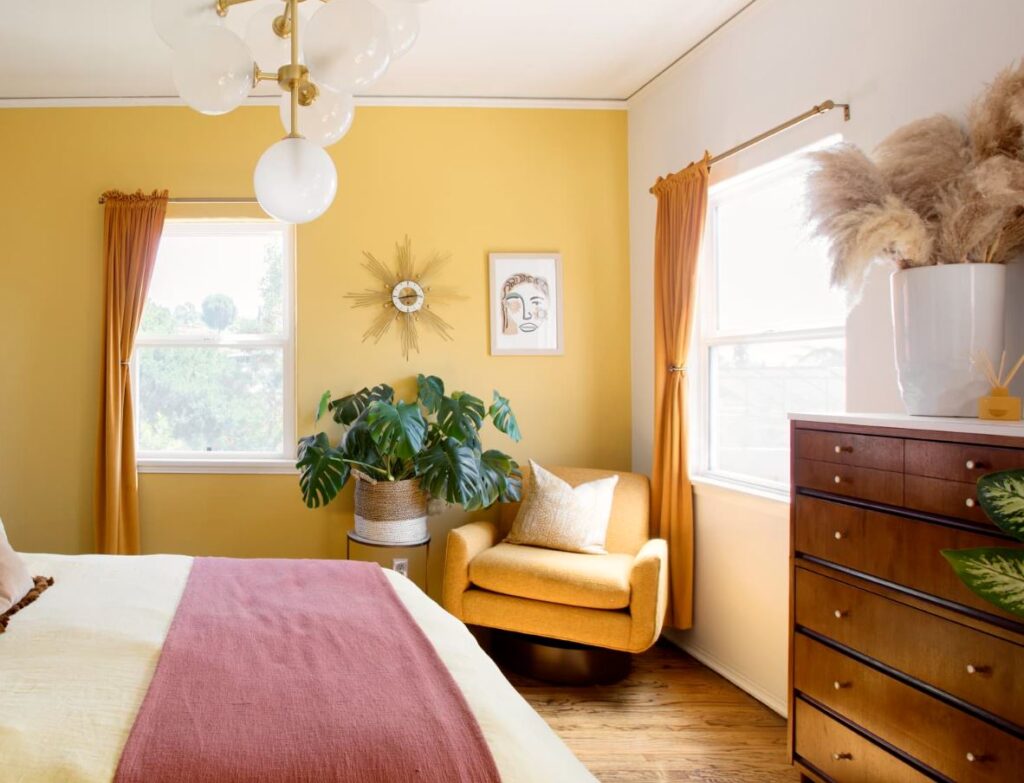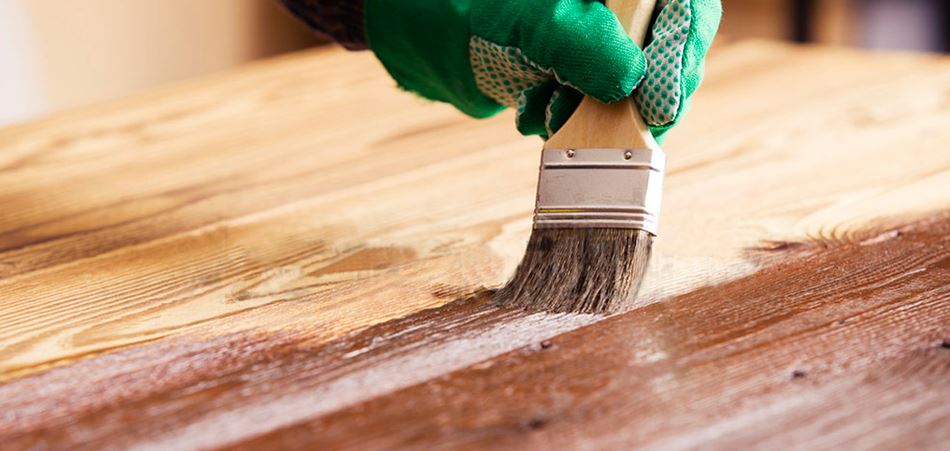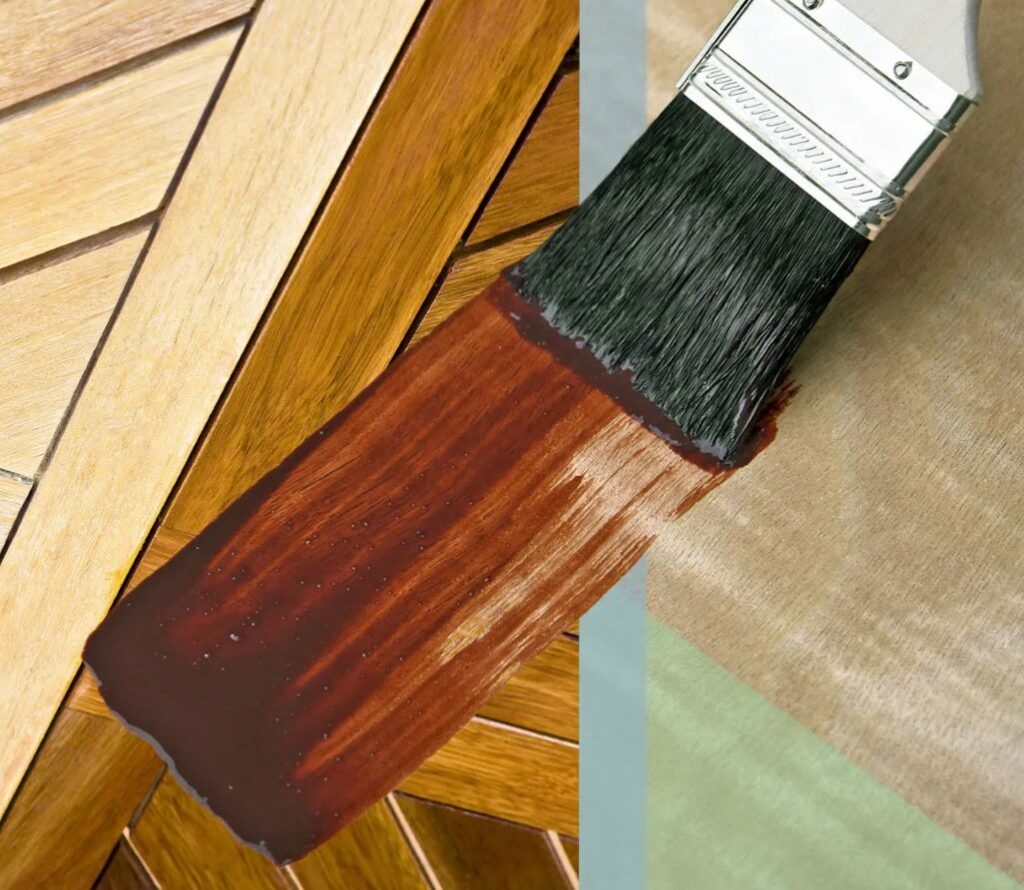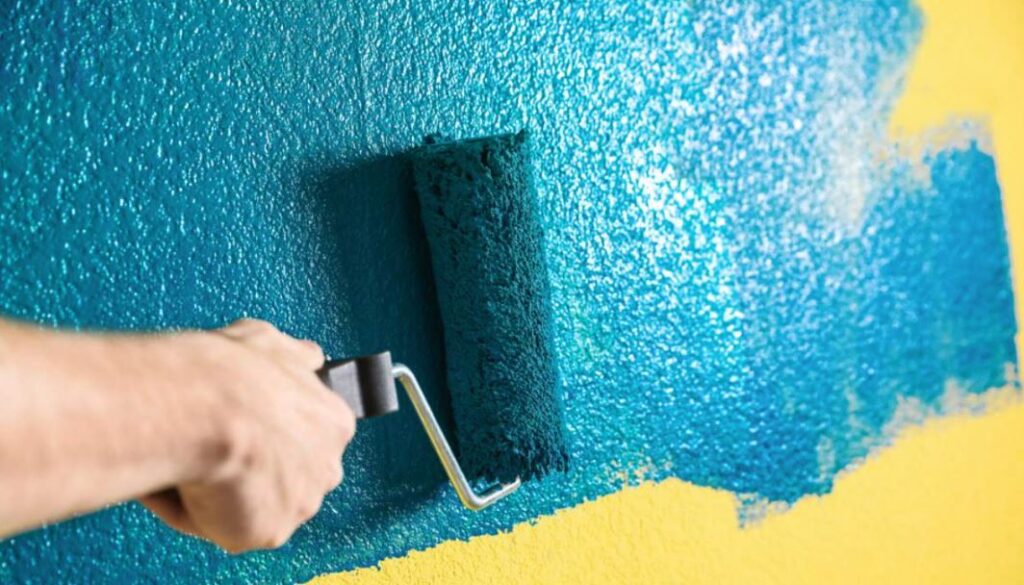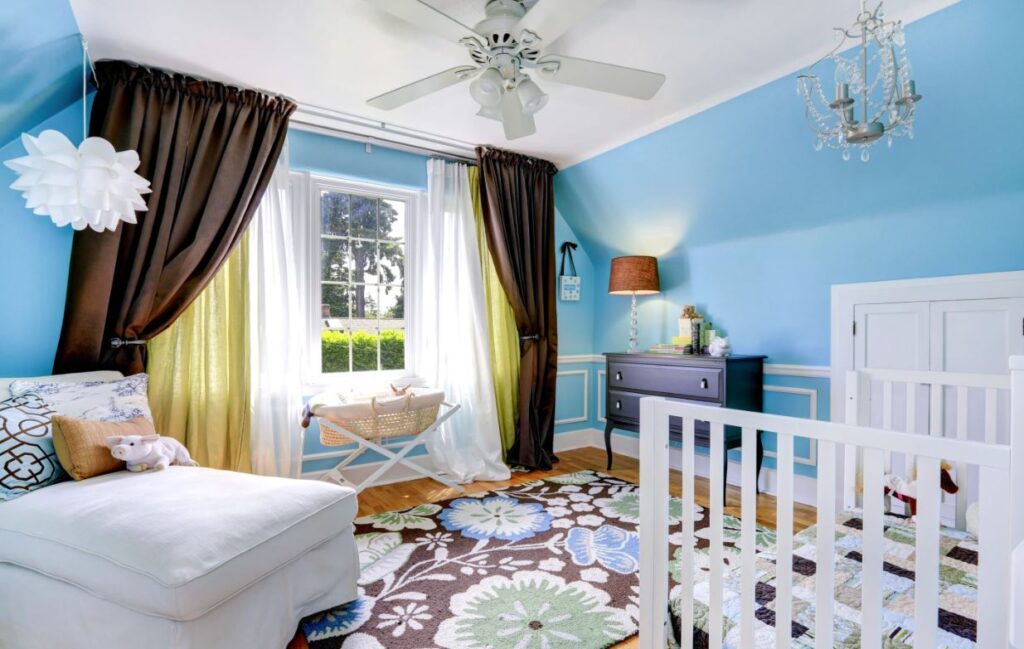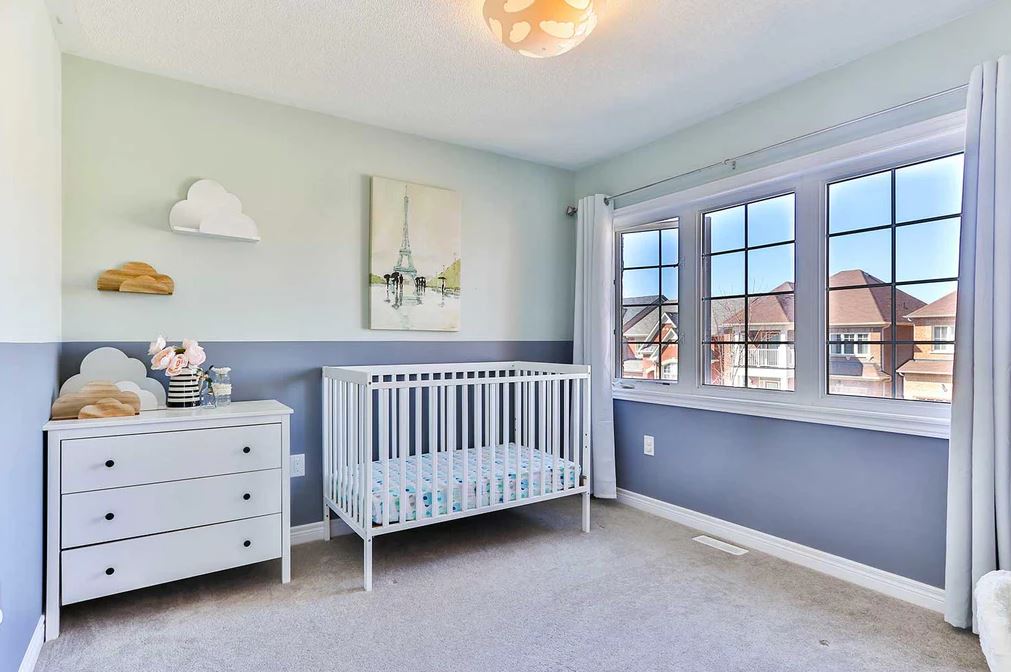A fresh coat of paint can do wonders for your home’s interior, transforming spaces from outdated to invigorating or dull to dazzling. But let’s face it, the process can often seem daunting, especially when balancing the need for quick results with the desire for a polished, professional look.
Whether you’re an experienced DIY enthusiast or a novice eager to revitalize your living space, striking that balance between efficiency and elegance is key. In this guide, we’ll walk you through the intricacies of repainting your home’s interior, ensuring you save time without sacrificing quality. Discover how to refresh your walls with finesse and flair, blending practicality with panache.
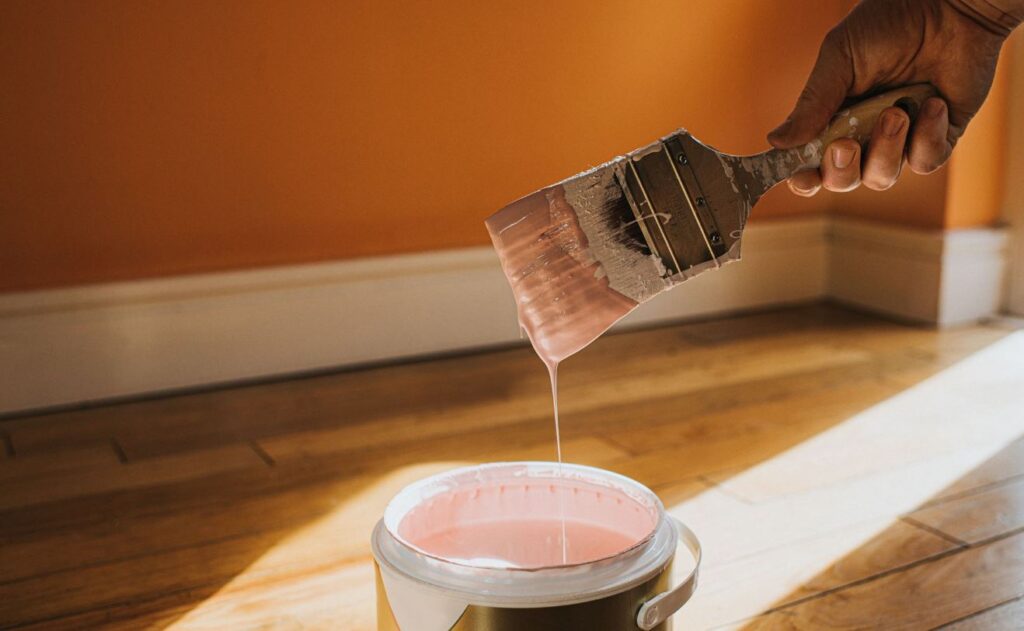
The Planning Phase: Setting Yourself Up for Success
Painting might seem as simple as dipping a brush and applying colour, but the truth is, like any art form, the beauty lies in the details, especially the preparation. Let’s break down the crucial steps for a flawless paint job.
Choosing the right paint colour is about more than personal preference; it’s an art backed by science. Each hue can dramatically alter the perception of a room’s size, lighting, and mood.
Considering room size, lighting, and mood: A darker shade might make a spacious room feel cozier, while lighter tints can make a small space appear larger. Natural light, or lack thereof, will affect how a colour is perceived. Likewise, colours evoke emotions. While blues and greens typically bring calmness, reds and oranges exude energy.
Using paint samples and swatches:
- Don’t rely solely on the colour chip from the store.
- Invest in samples, painting small swatches on the walls.
- Check them at different times of the day to see how varying light conditions influence their appearance.
Half the battle is ensuring you have the right tools.
Comprehensive list: Quality brushes for precision, rollers for larger surfaces, painter’s tape for sharp edges, drop cloths to protect your belongings, a ladder for those hard-to-reach places, and of course, your chosen paint.
Consider factors like drying time, the order of rooms (usually from least used to most used), and your availability. Start with the guest room, allowing mistakes to be made where fewer eyes will see.
Preparation: The Key to a Smooth Painting Experience
You would only cook a gourmet meal if you prepped the ingredients first. Similarly, painting requires foundational work.
- Decluttering and furniture arrangement: A clear workspace is essential. Remove or shift furniture to the centre of the room, covering it with a drop cloth. This decluttering provides easy access to walls and prevents accidental paint splatters on your cherished items.
- Wall preparation:
- Cleaning surfaces: Dirt, dust, and grime can hamper paint adhesion. A simple wipe-down with a damp cloth or a specialised cleaning solution can make a difference.
- Patching up holes and cracks: Use a putty knife and spackling paste to fill in any imperfections for a seamless finish. Once dry, sand it down for an even surface.
- Sanding for a smooth canvas: Older paint jobs might have left drips or rough spots. A quick sanding, even on seemingly smooth walls, ensures better paint adhesion.
- Masking and taping: Protect areas you intend to avoid painting. This includes baseboards, door frames, window sills, and light switches. Quality painter’s tape gives a sharp edge, ensuring your lines are clean and professional-looking.
Techniques for Efficient Painting
With the stage set, let’s get to the heart of the matter.
- Starting with the edges: ‘Cutting in’ is the process of painting the edges or corners of a room. Using a brush, create a border, making filling in the larger areas easier with a roller.
- Using rollers for large surfaces allows you to cover a vast space quickly. Dip the roller into the paint tray and roll it back and forth to ensure even coverage. Spread the paint using a “W” or “M” pattern, ensuring no part of the wall remains untouched.
- Maintaining a wet edge: Always keep a wet edge to avoid visible lines or ‘lap marks.’ This means you overlap your previous stroke before completely dries, ensuring seamless blending.
- Working top to bottom: Begin near the ceiling and work your way down. This method catches any drips, ensuring a smooth finish and less backtracking.
Choosing the Right Paint for the Job
Selecting the perfect paint is akin to choosing the right fabric for a tailored outfit. Each serves a purpose suited to specific needs and aesthetics.
The pros and cons of different paint finishes:
- Matte: A flat, non-reflective finish that hides imperfections but can be less durable and harder to clean.
- Eggshell: Offers a subtle shine, is more washable than matte, and works well in living rooms and bedrooms.
- Satin: With a smooth, velvety look, it’s durable and easy to clean, making it ideal for high-traffic areas.
- Semi-gloss: Reflects more light, is highly durable and moisture-resistant, suitable for kitchens and bathrooms.
- High gloss: Highly reflective and easy to clean, it’s great for trim and doors but might highlight wall imperfections.
Primers ensure paint adhesion, block stains, and create a uniform surface. While modern paint often includes built-in primers, using a separate primer can benefit porous surfaces, drastic colour changes, or when painting over oil-based paints.
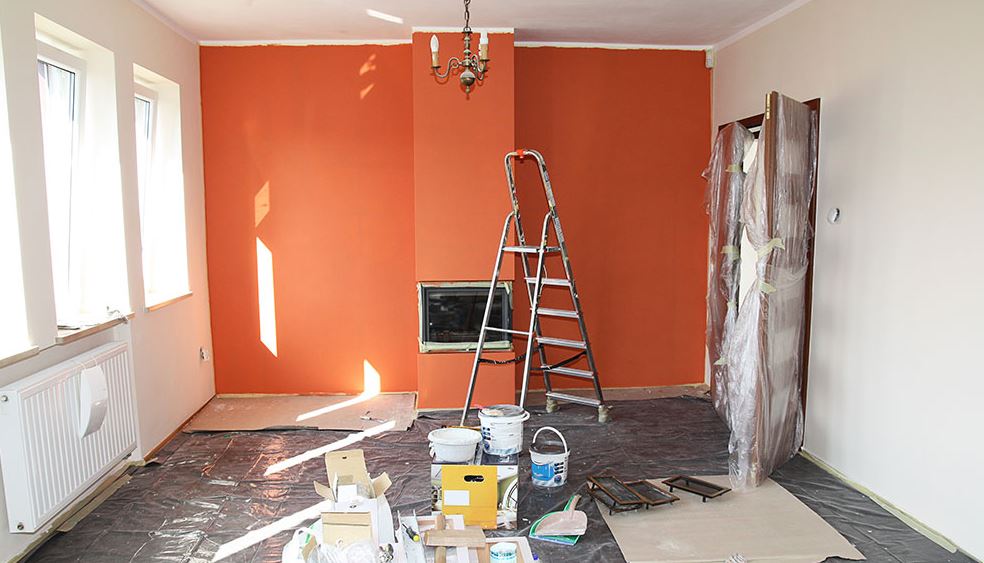
Technological advancements have brought paints that cover in one coat or have self-priming abilities. These options can save hours of your project without compromising on the outcome.
Clean-Up and Maintenance
The paint’s on the walls, but the job isn’t over yet.
Warm water and mild soap work for water-based paints, while mineral spirits or paint thinner are needed for oil-based paints. For brushes, massage the bristles softly, and for rollers, use a scraping tool to remove excess paint before washing.
Label cans with the room and date of painting. Sealed tightly and stored in a cool, dry place, paint can last up to 10 years. Before reuse, ensure there’s no foul odour or lumpiness.
Wear and tear are inevitable. Keep a small container or a touch-up pen filled with the room’s paint for easy touch-ups.
A masterpiece is defined by its details.
Consider accent walls in contrasting colours or decorative techniques like sponging, rag rolling, or stencilling to bring depth and texture.
Reinstall outlet covers, hang artwork at eye level, and rearrange furniture to complement your fresh walls. Consider new throw pillows or decor pieces that match or contrast your new colours.
The journey of repainting embodies transformation – from the initial strokes of primer to the final placement of decor. The rewards of a well-executed paint job aren’t just in the vibrant walls but in the rejuvenated spirit of the space. As you’ve seen, achieving this balance of efficiency and elegance isn’t elusive; it’s methodical. With every brush and roller, you’re not just painting walls but crafting a home. Embrace the process, and let every corner of your abode reflect your unique blend of practicality and panache.…
